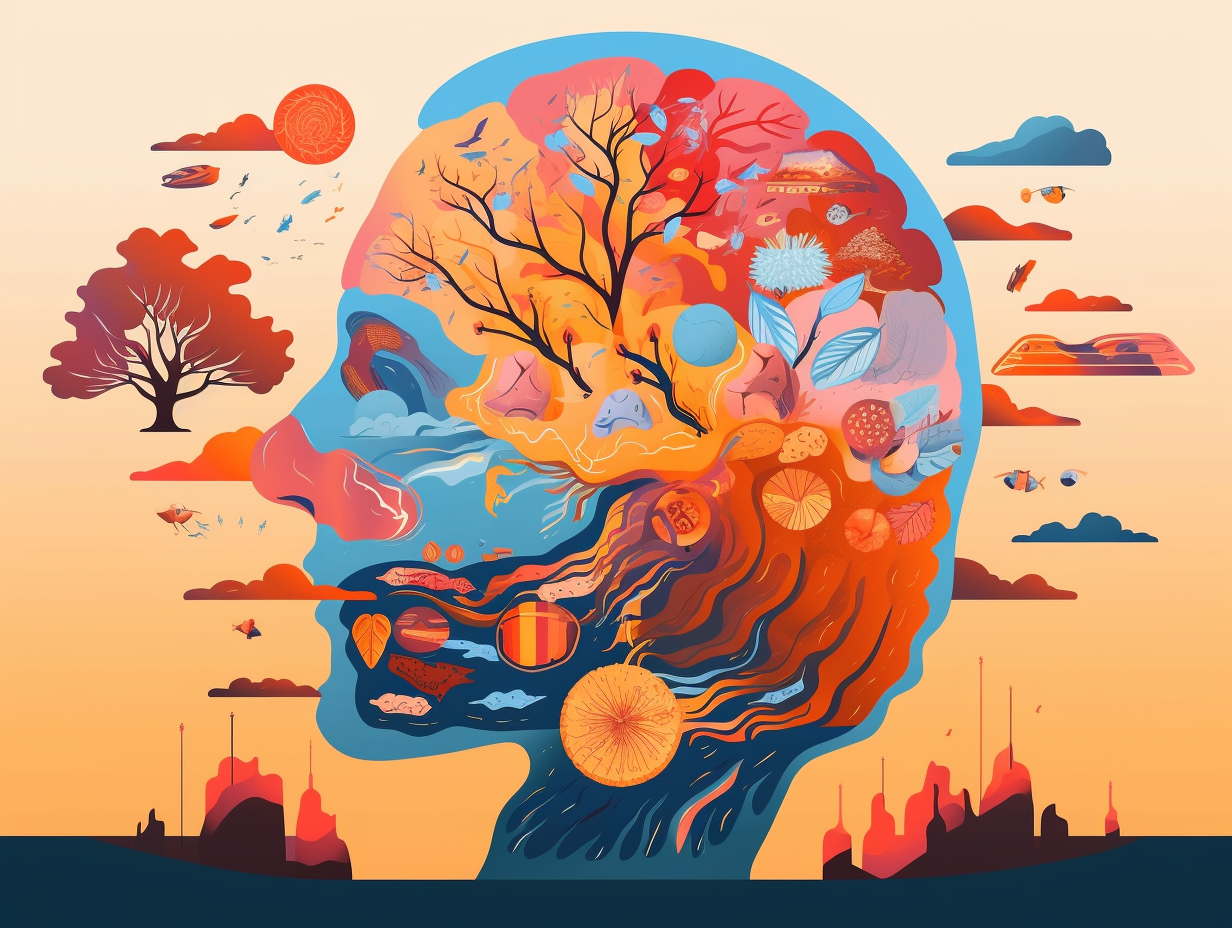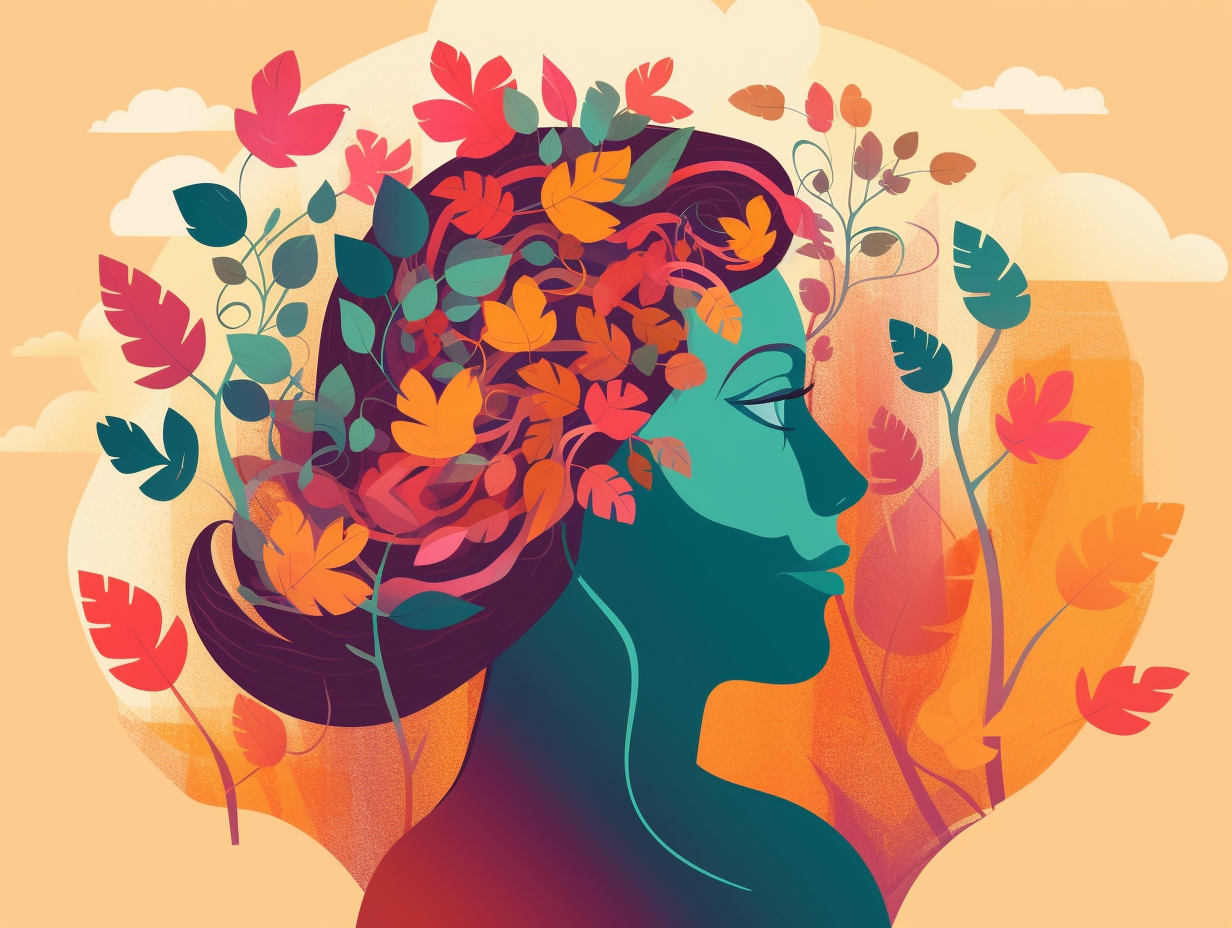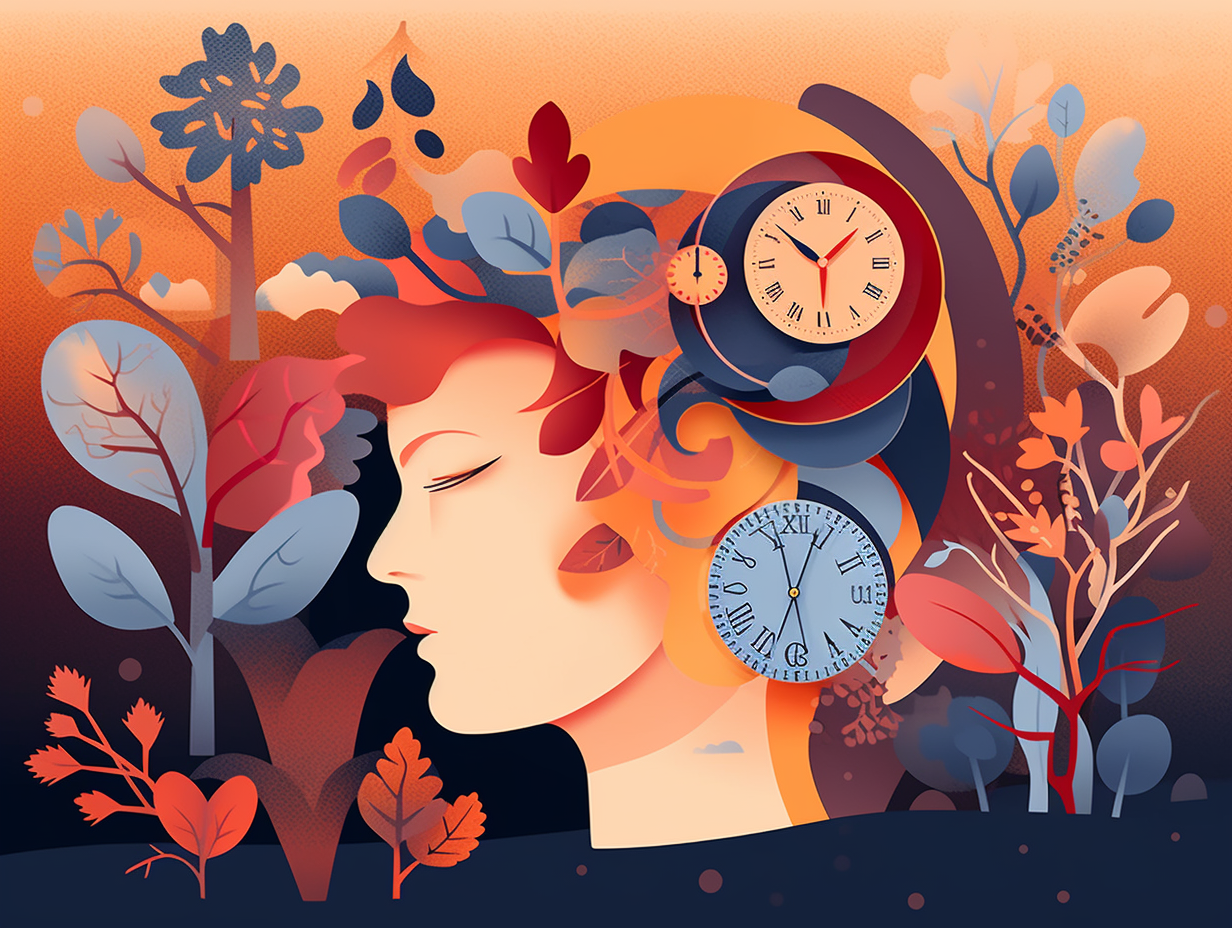Discover the Colorful World: Top 10 Fun Facts About Heterochromia You Never Knew!
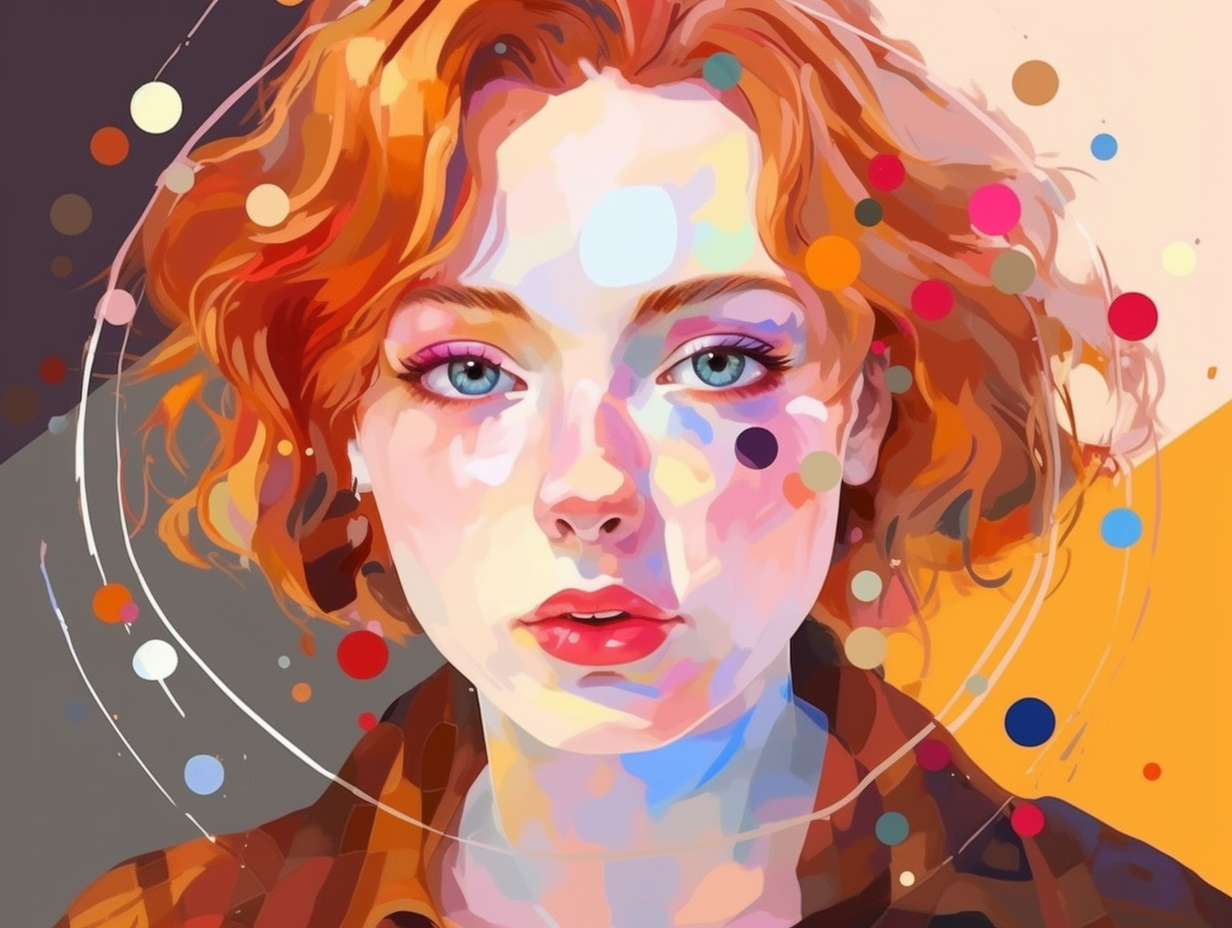
1. Eye-Drapes of Different Colors
If you think your eyes are the windows to your soul, imagine having drapes of different colors on them: there are three types of heterochromia – complete, central, and sectoral – that result in mismatched eye colors or distinct patterns within the iris itself, adding a touch of unique flare to those soulful windows.
Source => allaboutvision.com
2. Enchanting Ocular Peculiarities
Behold, the enchanting ocular peculiarities of a supernatural heartthrob! Dominic Sherwood, known for stealing the hearts of vampires and shadowhunters alike, dons a gaze powerful enough to charm both ghouls and gals: this dashing actor is blessed with sectoral heterochromia, boasting one fully blue eye and another that's a mesmerizing fusion of blue and brown.
Source => en.wikipedia.org
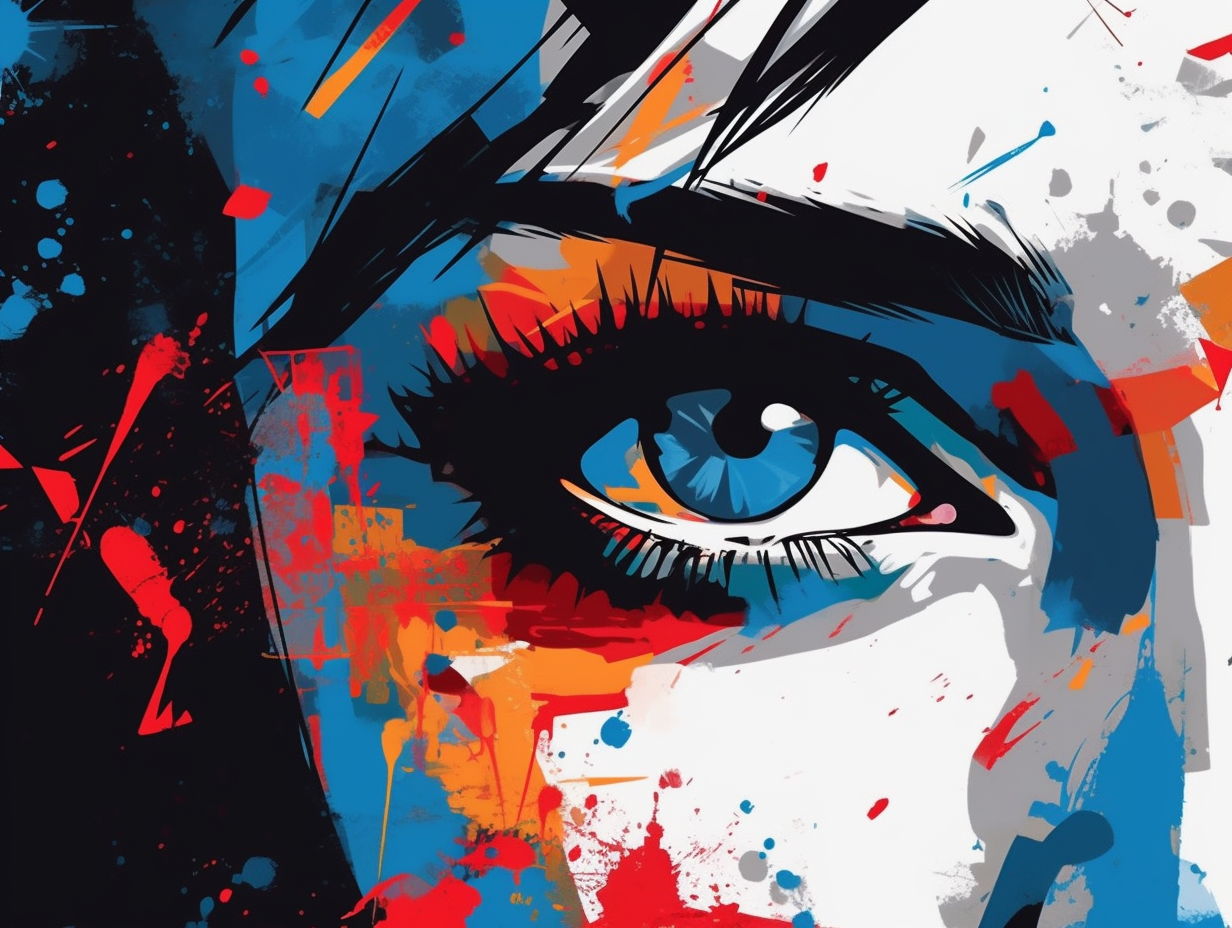
Did you know the blue eye mutation can be traced back to a single stone-age hunter 7,000 years ago? Discover how this fascinating genetic trait evolved over time!
=> Fun Facts about Blue-Eyes
3. Eye-ronic Twist of Nature's Coloring Book
Oh, the eye-ronic twist of nature's coloring book: Heterochromia, responsible for causing one eye to don a different hue than its twin, can be found not only in dogs, cats, and horses but affects humans too, all thanks to a little hiccup in the pigment melanin production.
Source => hillspet.com
4. Chromatown Sheriff: Heterochromia
Move over, chameleons, there's a new sheriff in Chromatown: heterochromia! These fabulous folks take eye-catching to a whole new level with unique iris shades of blue, green-hazel, or brown that can also vary within the iris itself! But don't thank just genes for this colorful gift: congenital or acquired diseases can also be the eye-chitects of such stunning spectacles, and they proudly say "No, thanks!" to colored contact lenses! Seriously, though: heterochromia is a condition in which individuals have different eye colors, which can be inheritable, but can also be caused by congenital or acquired diseases, and there is no need for colored contact lenses.
Source => ncbi.nlm.nih.gov
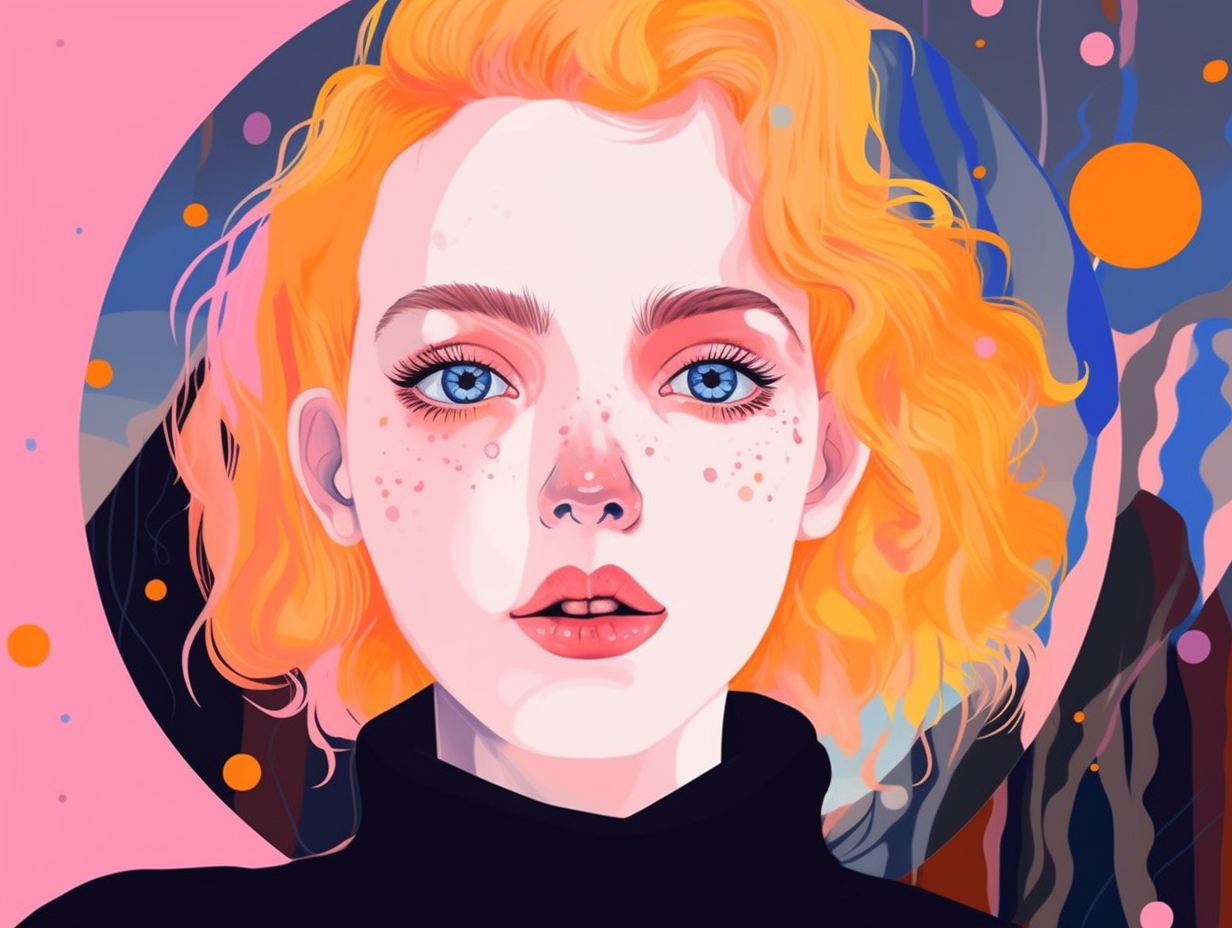
5. Polychromatic Peepers
Eyes on the prize, or should we say, prizes: heterochromia is a fascinating eye condition where a person's irises sport different colors, like polychromatic peepers painting a rainbow gaze. Divided into three mesmerizing categories, complete heterochromia gifts you with two completely distinct iris hues, partial heterochromia boasts an artsy splash of color on your iris, and central heterochromia presents a kaleidoscopic inner ring that contrasts the outer area of your iris.
Source => owlcation.com
6. Nature's Double-Take
Ever thought about donning two-toned spectacles without the actual specs? Well, look no further than heterochromia, nature's own version of a double-take: This rare condition affects less than 1% of the population and causes a person to have different colored eyes due to factors like eye injuries, diabetes, or certain eye diseases, with the possibility of development at any point in life and not just from birth.
Source => medicalnewstoday.com
7. Furry Friends' Cosplay Gaze
Ever wondered if our furry friends are secretly cosplaying as David Bowie, reveling in their eye-catching, multicolored gaze? Fear not, it's just genetics at play: Heterochromia isn't exclusive to humans, but graces the peepers of certain dog breeds like Australian Shepherds, Border Collies, and Shetland Sheepdogs, as well as cats, horses, and cattle, with Siberian Huskies and Catahoula Leopard Dogs often sporting complete color mismatches.
Source => en.wikipedia.org
8. Doggy Mismatched Socks
Behold, the doggy version of mismatched socks: heterochromia! Pups with this condition prove that fashion statements aren't limited to humans alone. However, fear not: most dogs with hereditary heterochromia have normal vision and hearing, although Dalmatians may face a higher prevalence of deafness. Still, one must remember that acquired heterochromia might stem from an eye injury or health issue, which could bring about related complications.
Source => hillspet.com
9. Old McDonald's Fabulous Farm Stars
Old McDonald had a farm, and on that farm, he had a plethora of fabulous Hollywood stars: Mila Kunis, Kiefer Sutherland, Henry Cavill, Benedict Cumberbatch, and Olivia Wilde have a little-known condition called heterochromia, making their eyes two different colors, adding a touch of intrigue to their already captivating gazes!
Source => goodhousekeeping.com

10. Supernatural Sight & Witchery Awards
Once believed to possess supernatural sight and a touch of witchery, those with heterochromia were likely to win the annual "eye-catching" award in their local communities: In reality, this striking genetic mutation, which causes a person to have two different eye colors, affects approximately one in every five hundred people, making it both a unique and fascinating characteristic.
Source => visionsource-visionhealthinstitute.com
Related Fun Facts







